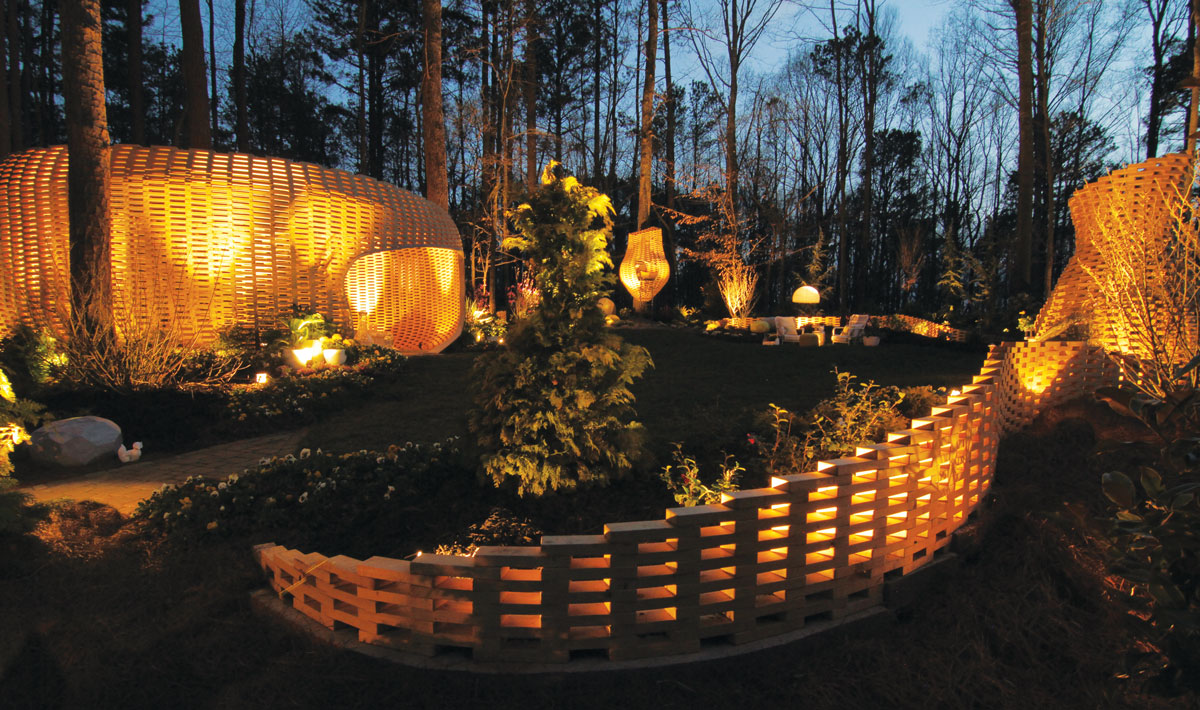
Photograph courtesy of Wade Works Creative
While budget, time, and ability are legitimate constraints on home improvement projects, often it’s a lack of creativity that limits the possibilities. After managing more than 1,000 renovations, I have found that homeowners’ most common mistake is launching a project without having a full plan in place. You might be thinking: Well, that would be great, if I just had enough money to hire a designer. But when you hire capable, experienced professionals with the right skills, you should recoup their fees, with money to spare, from structural efficiency and functional improvements—not to mention you’ll end up with a more personalized, higher-quality final product. If you are spending more than $10,000, you are doing yourself a disservice by not hiring a professional to create a comprehensive plan. This is especially true for outdoor living spaces.
For example, above is a project we did for a family of four in North Atlanta. Tucked away in an unassuming cul-de-sac, this 1.5-acre property is heavily wooded, with a seemingly unfortunate negative grade toward the house. The family was at a loss for how to transform their backyard.
Instead of generic landscape advice—Let’s put a nice pergola and some pavers down, maybe a small outdoor kitchen—our team focused on destination spaces. We saved money by not trying to manicure the entire lot. First, we identified the family’s functional requirements: a place for entertaining, a quiet reading spot, and a play area.

Photograph courtesy of Wade Works Creative
Simple design concepts transformed this unassuming yard within a modest budget. We repeated geometric elements to connect different spaces, but also to make construction efficient. More than 15,000 blocks of prefinished Austrian spruce were used to create three structures in a matter of days: a 25-foot-diameter pavilion with in-ground fire pit, a floating reading pod, and a matching playhouse. Removing only two large trees provided enough sunlight for a central lawn, while flowing block fences linked all the structures. Concrete and foam “gymstones’’ in slate gray and citron added impact, completing the backyard oasis.
Chip Wade, an Emmy-winning television host/producer, Georgia Tech engineer, HGTV designer, and third-generation craftsman, helps people make home purchasing or improvement decisions. His firm, Wade Works Creative, offers services in residential and commercial design, architecture, realty, and creative construction.
This article originally appeared in our Spring 2017 issue of Atlanta Magazine’s HOME.








![The North Carolina Museum of Natural Sciences’ newest exhibit is a [pre]historic first](https://cdn2.atlantamagazine.com/wp-content/uploads/sites/4/2024/04/DD-3-100x70.jpg)




